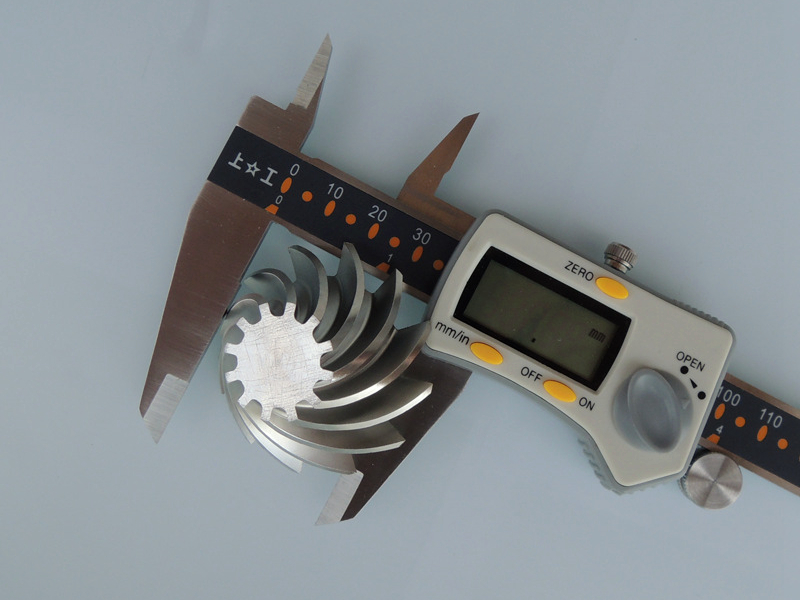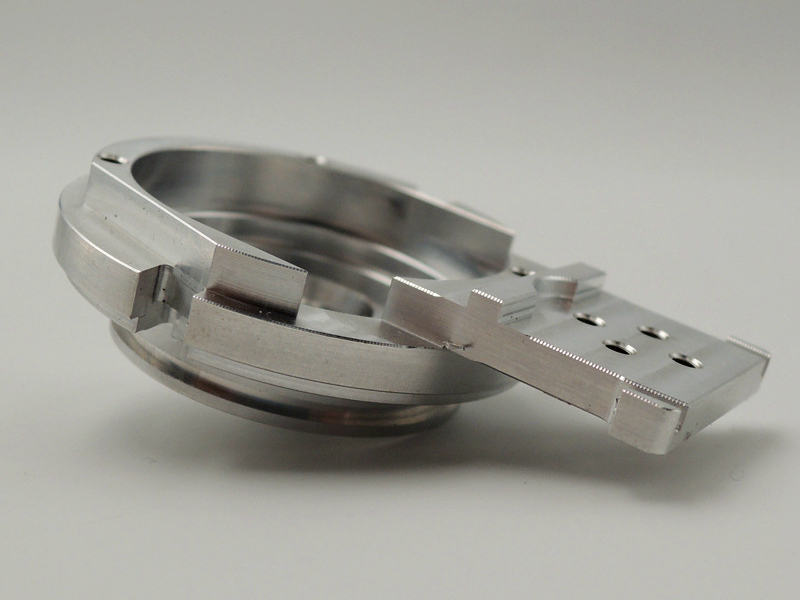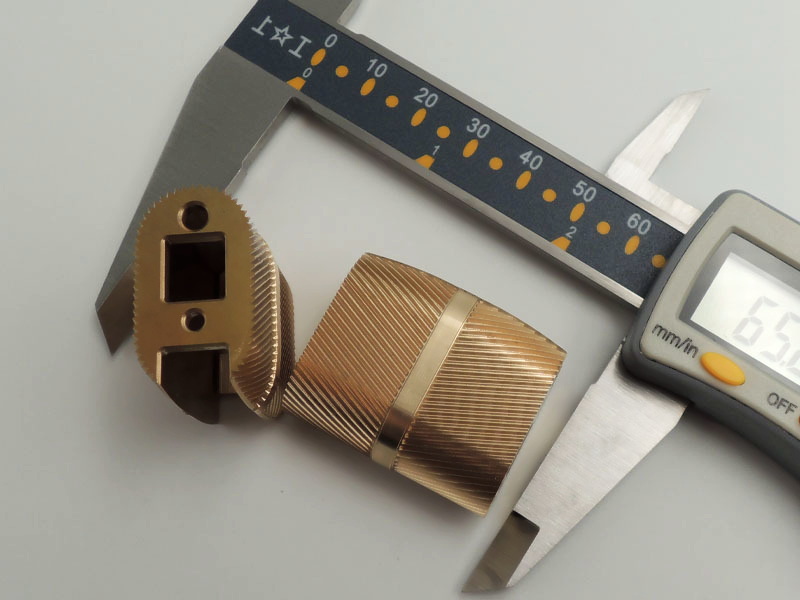How much thickness does anodizing add to aluminum parts?
How Much Thickness Does Anodizing Add to Aluminum Parts?
Understanding Anodizing Thickness and Dimensional Impact
Anodizing is a surface treatment that forms an oxide layer on aluminum parts to improve corrosion resistance, surface hardness, and aesthetics. The thickness added depends on the anodizing type:
Type II (Decorative anodizing) typically adds a total thickness of 8–25 µm (0.0003"–0.0010"), of which about 50% penetrates the surface and 50% builds up.
Type III (Hard anodizing) can add 25–100 µm (0.001"–0.004") total, with a similar 50/50 penetration and buildup ratio.
For example, if a Type III anodized part has a 50 µm coating, the dimensional growth on each surface is approximately 25 µm (0.001"), while the remainder penetrates the substrate.
Design Considerations for CNC Machined Aluminum
When designing tight-tolerance aluminum components, it is critical to account for anodizing buildup, especially on mating surfaces, precision bores, or sliding fits. Parts should either be dimensioned “before anodizing” or adjusted in machining specs to compensate for coating growth. At Neway, we routinely machine parts to allow for anodizing tolerances within ±0.01 mm, especially for Aluminum 6061 and 7075 components.
End-to-End Aluminum CNC and Finishing Services
Neway provides CNC machining and in-house coordination of aluminum anodizing services. Whether you need decorative black anodizing or functional hardcoat for wear-critical components, we deliver consistent film thickness, color uniformity, and full inspection documentation—all under strict ISO 9001:2015 quality controls.



